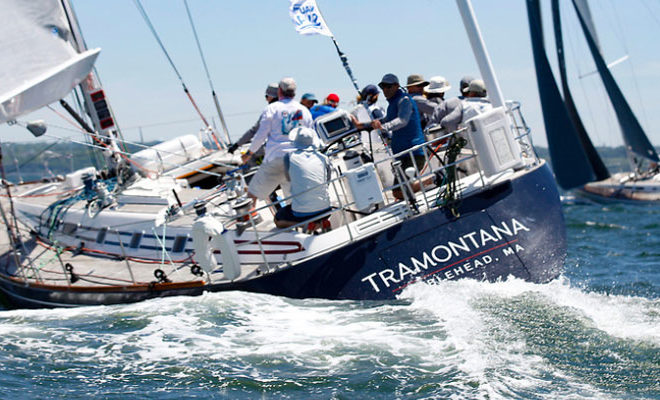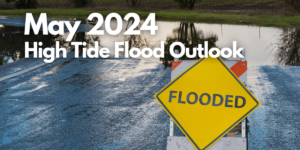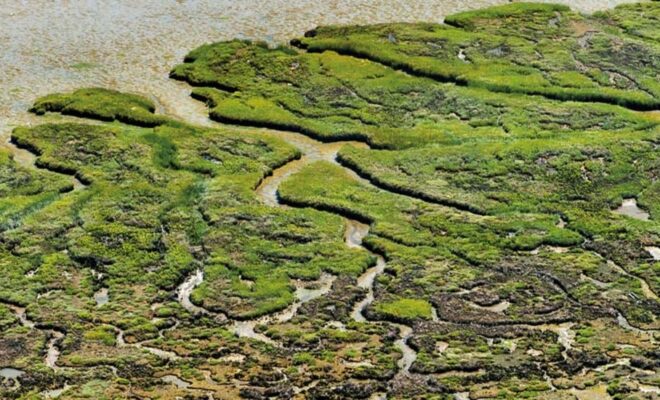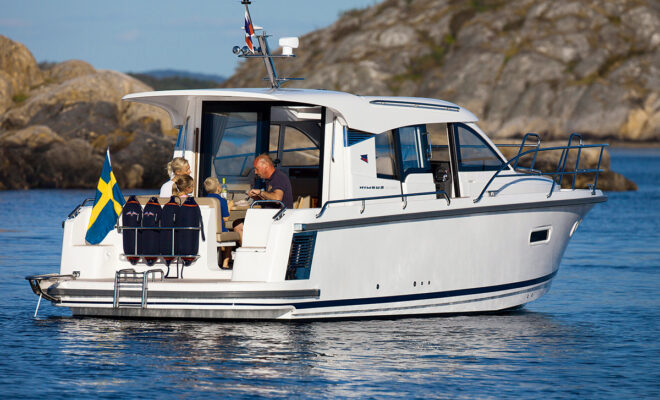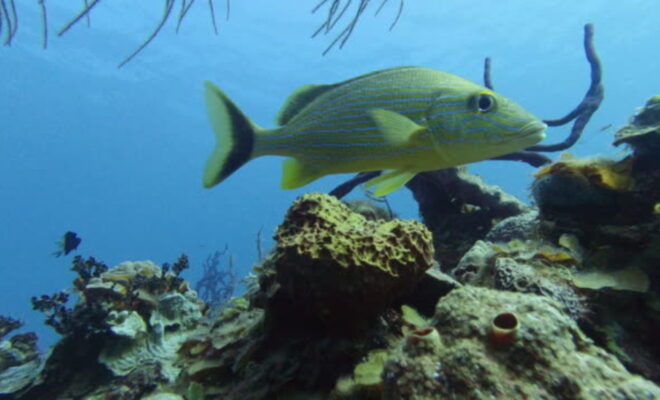Boating, Fishing, and Travel Information for Rockport, MA
SEE MORELocal Goods & Services See All Nearby
High Tide Flooding Predictions for May 2024
By US Harbors. Coastal Flooding Outlook for May 2024 Per NOAA, mean sea level is typically higher in the late spring due to changing weather patterns and increasing water temperatures. That said, the outlook for tidal flooding this May is pretty contained, and is certainly less than we saw a… Learn More
Fishing in Rockport, MA Map View
Coastal News Updates See All
Making a Marsh out of a Mud Pile
By Erica Gies. In San Francisco Bay, scientists are looking for a better way to rebuild flagging marshland. The water in California’s San Francisco Bay could rise more than two meters by the year 2100. For the region’s tidal marshes and their inhabitants, such as the endangered Ridgway’s rail and the salt marsh… SEE MORE
A New Electric-Powered-Boat Speed Record
By Kevin Falvey. Princeton Electric Speedboating, in coordination with Flux Marine, achieved a record speed for an electric-powered boat. On October 26, 2023, a team of engineering students at Princeton University—Princeton Electric Speedboating—set a new world record of 114.20 mph for an electric-powered boat. The famed pro-outboard hydroplane Big Bird ran on… SEE MORE
Adult Fish Struggle to Bounce Back in Marine Protected Areas
By ecomagazine.com. Age matters when determining how to protect life in the ocean; every population needs a strong cohort of adults to produce the next generation. But many marine protected areas (MPAs) are falling short of their most basic purpose: to rebuild struggling fish populations. In a new study published… SEE MORE
